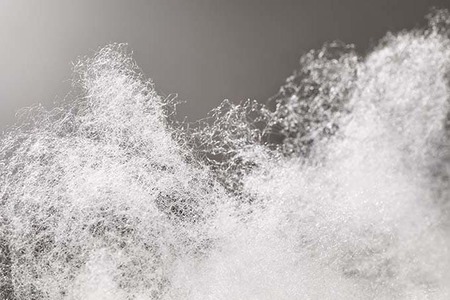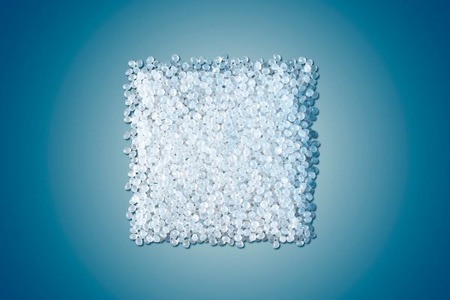China opens first wastewater plant using radiation for textile dyeing effluent
YarnsandFibers News Bureau 2017-03-08 12:00:00 – Jinhua cityTextile dyeing accounts for a fifth of all industrial wastewater pollution generated worldwide and Radiation remains the only technology that can treat the most stubborn colorants in wastewater, according to Sunil Sabharwal, Radiation Processing Specialist at the IAEA, despite advances in conventional wastewater treatment technology in recent years.
While several industrial countries have used radiation to treat some of the effluent from textile dyeing plants, with the relocation of much of the industry to developing countries in Asia in recent years, a lot of the wastewater goes untreated. The problem is that the technology exists in developed countries, while most of the need now is in the developing world.
To bridge the knowledge gap, the IAEA ran a coordinated research project on the technology, including its transfer to several countries, mostly in Asia. Chinese researchers, for instance, have benefitted from the advice of experts from Hungary, Korea and Poland in the adoption of the technology and the construction of the plant, said Jianlong Wang, Deputy Director of the Nuclear and Energy Technology Institute at Tsinghua University in Beijing and the principal researcher behind the project.
The new plant in Jinhua city, 300 kilometers south of Shanghai, will treat 1500 cubic meters of wastewater per day, around a sixth of the plant's output. If everything goes smoothly, they will be able to roll out the technology to the rest of the plant and eventually to other plants across the country, Wang said.
Before opting for radiation technology using electron beams, Chinese researchers had run an extensive set of feasibility experiments using the effluent from the plant, comparing electron beam technology with other methods. Electron beam technology was the clear winner as both the more ecological and more effective option, Wang said.
Other countries with significant textile manufacturing industries, such as India, Bangladesh and Sri Lanka, are also considering introducing the technology with the assistance of the IAEA, Sabharwal said. India is already using gamma irradiation to treat municipal sewage sludge.
Bacteria are the workhorses of wastewater treatment: they digest and break down pollutants. Wastewater from textile dyeing, however, contains molecules that cannot be treated with bacteria. To colour textiles, compounds with large, long and complex chains are used. Wastewater from the industry can contain more than 70 complex chemicals that do not easily degrade.
By irradiating the effluent using electron beams, scientists can break these complex chemicals into smaller molecules, which, in turn, can be treated and removed using normal biological processes. Irradiation is done using short-lived reactive radicals than can interact with a wide range of pollutants and break them down.
Market Intelligence
Ask for free sample Report

experience
Customer Base
dedicated team
Countries Served Worldwide









